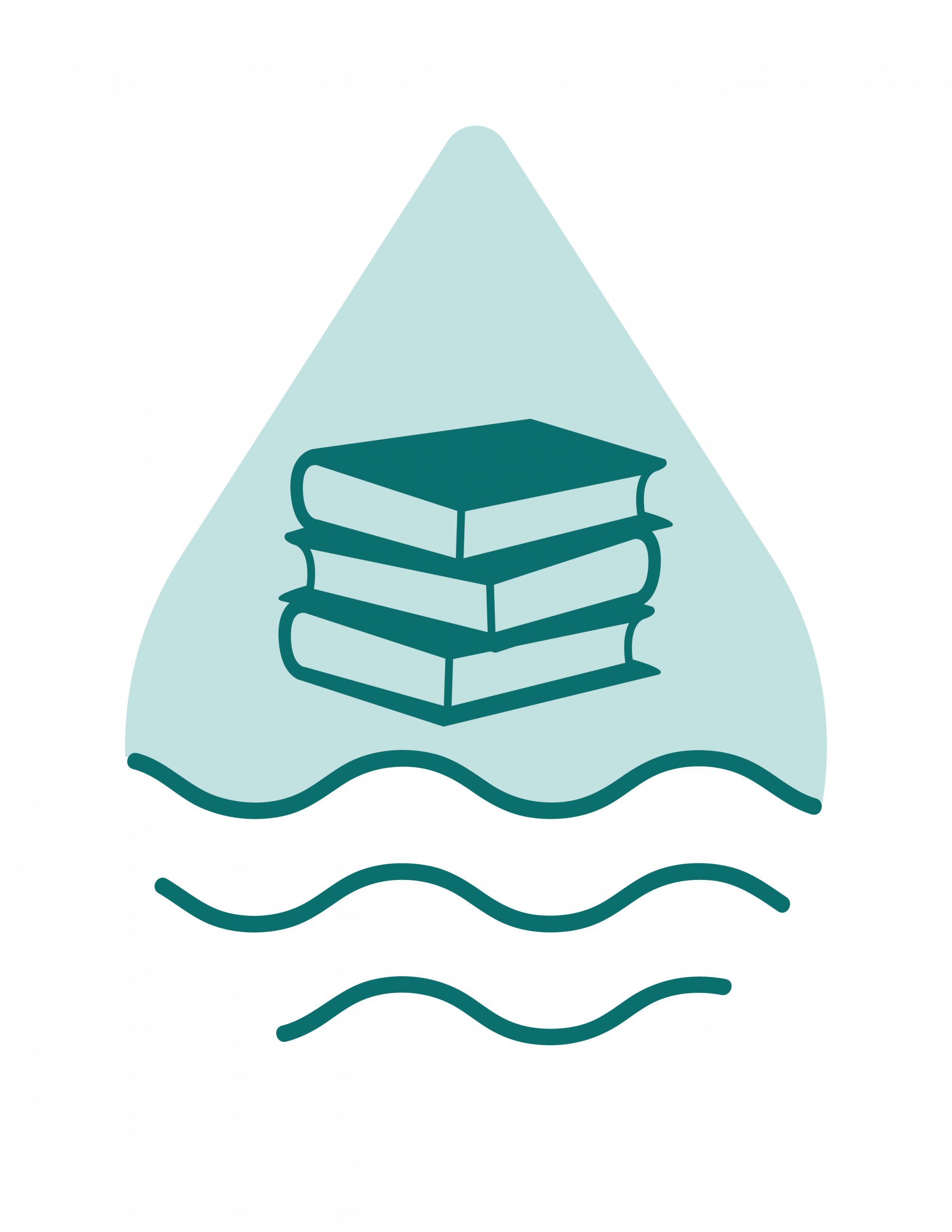Flood mapping
.jpg)
Impacts of flooding
Natural disasters are increasing in frequency and severity. Flooding is Canada’s most costly natural disaster. Each year, it causes an average of over $1 billion in direct damage to homes, property, and infrastructure.
Floods can occur at any time of the year. Flooding can be caused by heavy rainfall, rapid melting of a thick snowpack, ice jams, coastal storm surges, or strong onshore winds.
What is flood mapping
Flood maps show an area that may be covered by water, or show where the water reaches during a specific flood event.
Flood maps are critical tools that can help us identify potential risks and mitigate flood impacts.
Flood maps offer many advantages to communities, they
Who is involved in flood mapping
In Canada, responsibility for flood mapping is with the provinces and territories. However, collaboration often occurs in a larger flood mapping community to produce these maps. The community is composed of:
- federal, provincial, municipal and Indigenous governments
- conservation authorities
- private organizations undertaking activities related to flood mapping
Government of Canada departments contributing to the production of flood maps in Canada:
- Natural Resources Canada
- Public Safety Canada
- Environment and Climate Change Canada
- Crown-Indigenous Relations and Northern Affairs Canada
- Indigenous Services Canada
Natural Resources Canada activities and roles
NRCan’s Canada Centre for Mapping and Earth Observation follows its flood mapping mandate by developing and providing access to current, high-quality geospatial and scientific products and services related to the creation of flood hazard maps and flood extent maps. This includes:
Collaborating with the flood mapping community to advance flood hazard mapping in Canada
Providing access to data related to flood mapping: from historical flood maps to foundational data
Providing real-time Maps of floods and river ice break-up with critical information for emergency response
Researching and developing new tools, analytical methods, and applications related to flooding
Services and information
Flood mapping types and process
Learn more about the different types of flood maps and how flood maps are made.
Canada’s flood mapping community
Discover the roles and responsibilities of the flood mapping community and the history of federal flood maps.
Flood Hazard Identification and Mapping Program
See how the Government of Canada is working with provinces and territories to create flood maps for higher risk areas.
Learn about how geospatial methods and satellite remote sensing enable efficient emergency response during disasters.

Federal Flood Mapping Guidelines Series
Learn best practices on flood mapping activities and projects.
Reach out to us
For more information, please email geoinfo@nrcan-rncan.gc.ca
Page details
- Date modified: